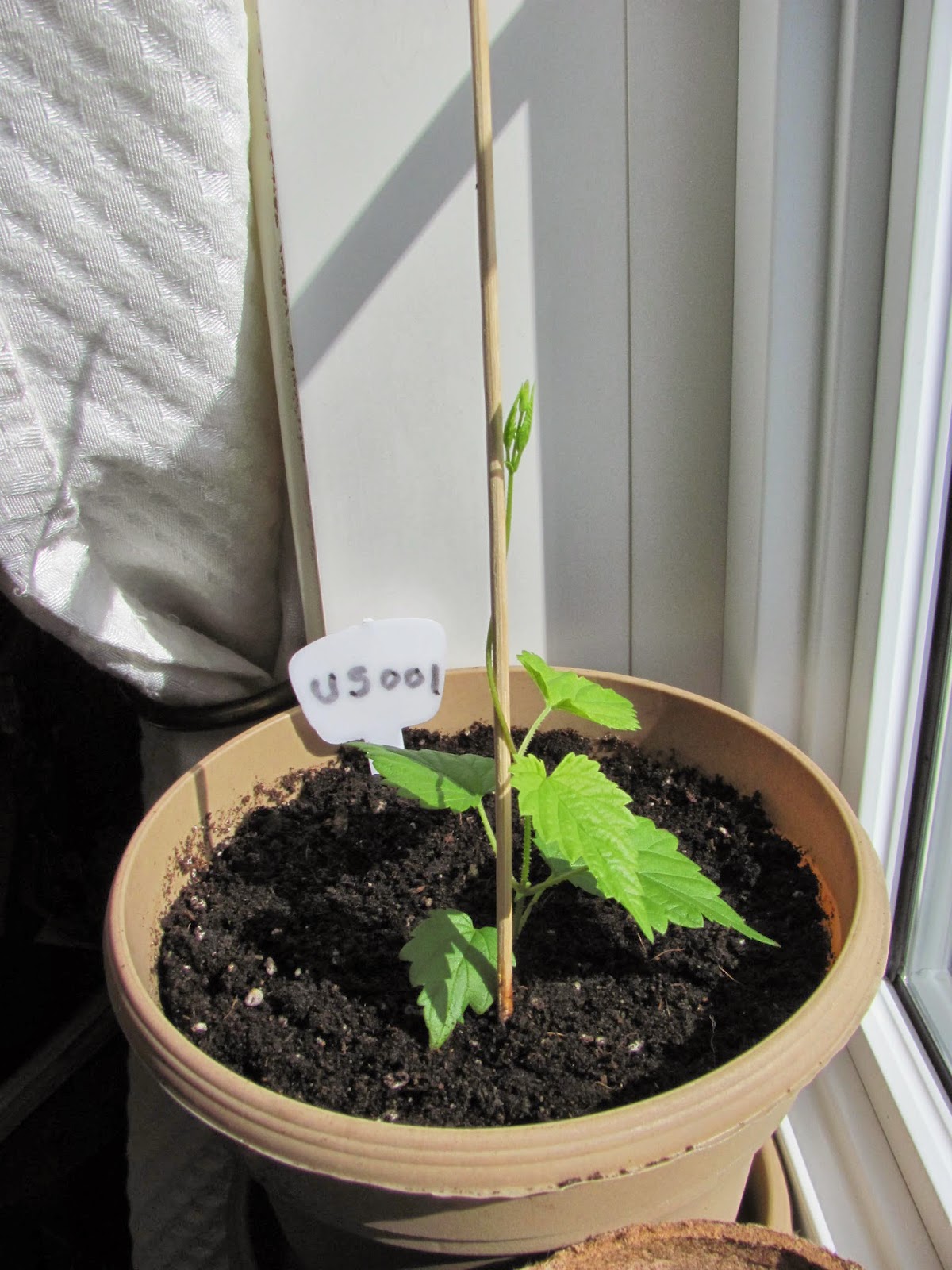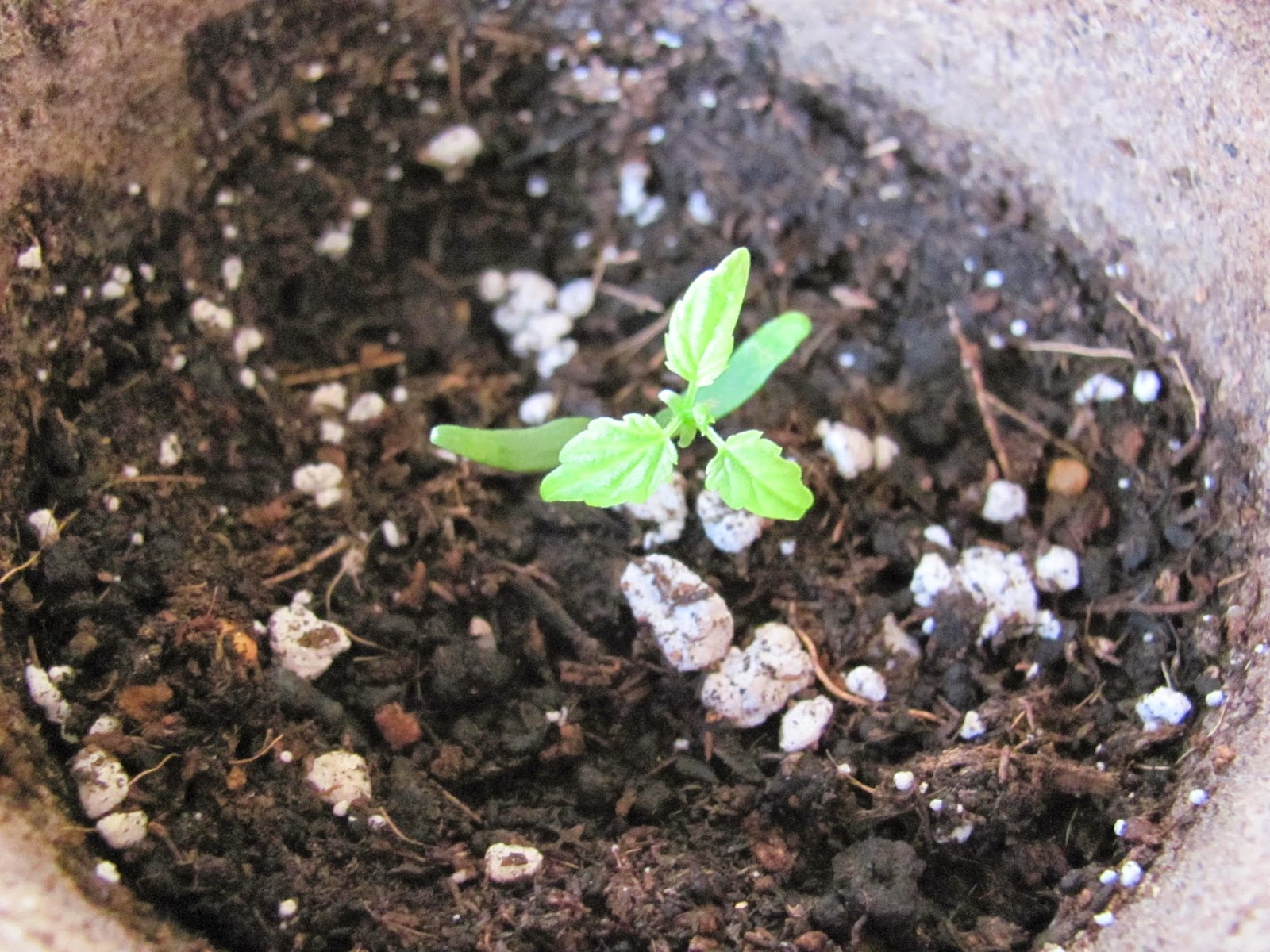brewerelated
Well-Known Member
Due to the difficulties I've been having in promoting germination I decided to excise some embryos and place directly onto media. Now, provided at each interval I maintained sterile technique (I do try!), I should be able to see growth (if the plant embryo is viable.....). Here's hoping!
Do you have an pictures of the excised individuals? Hopefully your plants will grow.




























![Craft A Brew - Safale BE-256 Yeast - Fermentis - Belgian Ale Dry Yeast - For Belgian & Strong Ales - Ingredients for Home Brewing - Beer Making Supplies - [3 Pack]](https://m.media-amazon.com/images/I/51bcKEwQmWL._SL500_.jpg)





































